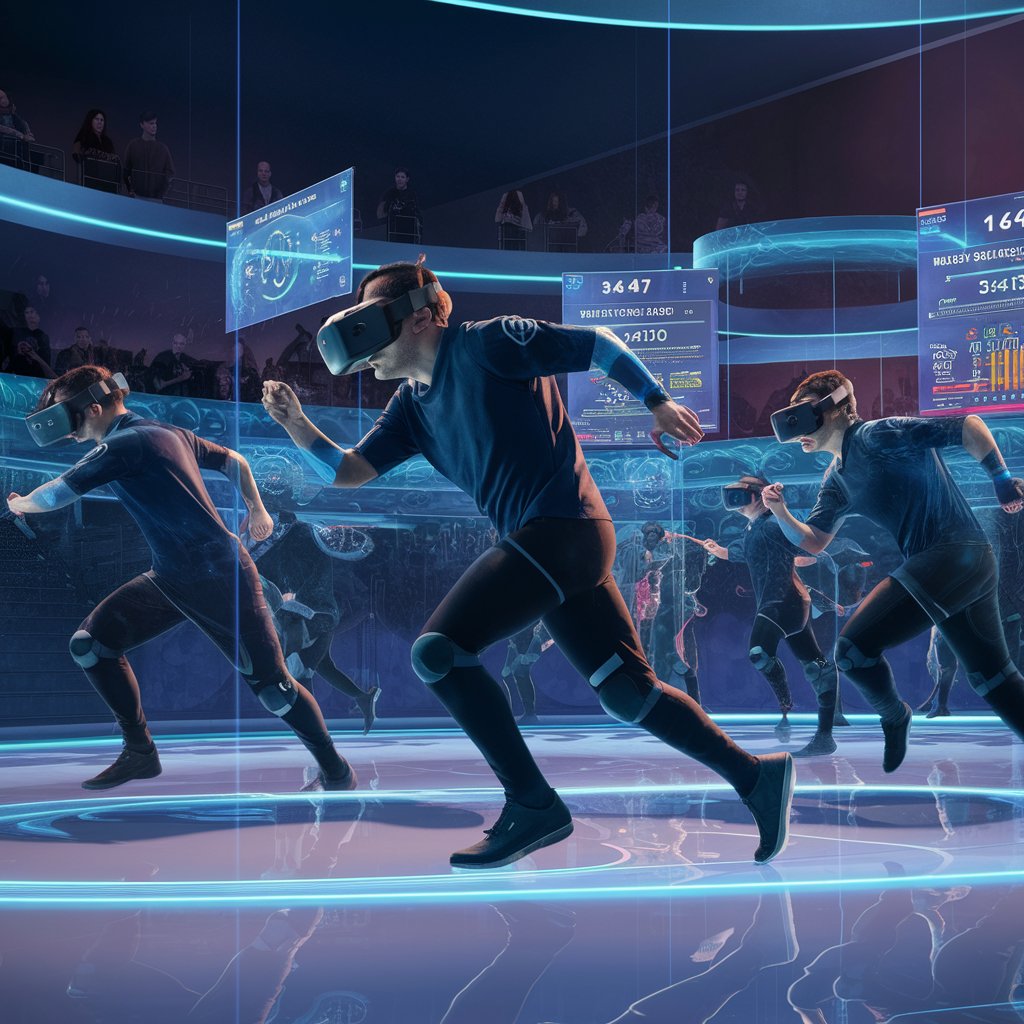The intersection of virtual reality (VR) and augmented reality (AR) in competitive gaming represents a cutting-edge fusion of technologies that is redefining how games are played and experienced. Both VR and AR offer unique advantages that, when combined, create immersive and interactive environments that push the boundaries of traditional gaming.
Virtual reality immerses players in a completely digital environment, providing a 360-degree view and allowing for physical movement within the virtual space. This level of immersion enhances gameplay by making interactions more intuitive and engaging. Competitive games designed for VR can offer unparalleled depth and realism, as players navigate fully three-dimensional worlds and experience gameplay from a first-person perspective. This technological advancement introduces new game mechanics and strategies that leverage spatial awareness, adding complexity and excitement to competitive play.
On the other hand, augmented reality overlays digital elements onto the real world, blending virtual objects with physical surroundings. AR enhances the gaming experience by integrating gameplay with the player’s actual environment, offering a unique way to interact with the game. In competitive gaming, AR can create innovative experiences where players engage in challenges that involve both virtual and real-world elements. This hybrid approach allows for creative game designs that incorporate physical movement and spatial awareness while keeping players rooted in their actual surroundings.
The convergence of VR and AR technologies in competitive gaming opens up new possibilities for gameplay and interaction. For instance, games that combine VR and AR can create mixed-reality experiences where players use VR headsets to explore a virtual world while interacting with physical objects that are enhanced or altered by AR. This integration can lead to innovative game modes and formats, blending the immersive qualities of VR with the interactive aspects of AR. Such experiences offer a richer and more varied gameplay experience, engaging players in ways that neither technology could achieve alone.
Moreover, the integration of VR and AR in competitive gaming offers potential benefits for both players and spectators. For players, the combination of VR and AR can provide a more dynamic and engaging gameplay experience, allowing for new strategies and interactions. For spectators, mixed-reality games can offer a more immersive viewing experience, where they can see both the virtual and real-world elements of the game. This enhanced spectator experience can increase engagement and excitement, drawing more attention to competitive gaming events.
The intersection of VR and AR also presents challenges that need to be addressed. Technical issues such as latency, synchronization between virtual and physical elements, and the need for advanced hardware can impact the effectiveness of combined VR and AR experiences. Additionally, ensuring that the gameplay remains balanced and fair when integrating these technologies is crucial for maintaining competitive integrity.
Overall, the convergence of VR and AR in competitive gaming represents a transformative development that enhances both gameplay and spectator experiences. By merging the immersive qualities of VR with the interactive elements of AR, this intersection creates new opportunities for innovative game design and engagement. As technology continues to evolve, the integration of VR and AR will likely lead to even more exciting and dynamic experiences in the competitive gaming landscape.

